Heady nights in ‘89 Ibiza, a clubbing paradise
- Text by HUCK HQ
- Photography by Dave Swindells

In the 1980s, Ibiza emerged as a sundrenched mecca for club-culture tourism. Pacha, Amnesia and Ku Club had opened their doors, and word of Ibiza’s uncrowded beaches and rolling hills spread across the shore.
At the time, photographer Dave Swindells, then in his mid-20s, was working as Time Out’s Nightlife Editor, capturing London’s vibrant club scene for the magazine. Swindells had heard about Ibiza’s unrivalled nightlife from four of the most prominent British DJs at the time – Paul Oakenfold, Danny Rampling, Nicky Holloway, and Johnnie Walker – after their revelatory holiday there. After the DJs returned to the UK, they set out to establish the Island’s sound in the UK with missionary zeal.

Louise Prey at Pacha

Kevin Daws, Adamski (Adam Sky) and Johnny Mack cutting loose at Ku
A year later, in June 1989, Swindells headed out to Ibiza for a week for the first time on an assignment for Time Out’s sister magazine, 20/20, along with the writer Alix Sharkey. It was the first of many visits to the Island for Swindells, which usually consisted of two-day trips spent mainly at the clubs, squeezing in a couple of hours of sleep a night. The photographs from this initial trip are now collected in a new book, Ibiza ’89 (published by IDEA), which is set to be reprinted early in March.
At the time, Ibiza was on the cusp of the rave era, as the Island’s eclectic dance music scene (which had been dubbed Balearic Beats in the UK) gradually shifted towards the house and electronic beats that would dominate the ’90s. Radio 1 would establish its weekend broadcast from the island in 1995, the TV show Ibiza Uncovered would first air on Sky One in 1997, while the Island’s hedonistic nights became tabloid fodder for the international press.
“The acid house and Balearic Beats revolution had transformed the club scene in London in 1988,” remembers Swindells, “so in 1989 we went to see where Balearic Beats had come from and what might happen next in Ibiza.” He says he would often encounter the same crowds he’d photographed in London gallivanting around Ibiza. Along with the influx of British club tourists, Swindells recalls the venues attracting a very diverse crowd of Europeans with their own distinctive styles and music tastes, which, he says, “was part of the fun”.

Reading The Sun at Café Del Mar

Pyramid at Amnesia
“It was very carefree,” he continues, “It didn’t feel like there was a dark side – not like people high on ketamine falling about. It was all very beautiful, with plants everywhere and the sun coming out through the palm trees.” Many of the book’s dancefloor shots were taken in Amnesia after the sun had come up, which offered a photographic advantage both for the scenery and from a technical point of view. “You could take a picture without flash blinding people and interrupting their reverie,” Swindells explains.
Before the emergence of the corporate superclub, there was, at the time, a strong feeling that something new was being discovered. “It was one of the first times that British people were appreciating the European subcultural experience,” reflects Swindells. “The clubs were more advanced than the clubs in the UK at the time; they had superclubs before we’d even thought of it.”
“Berlin at the time had an intense, underground club scene, whereas Ibiza had been attracting a pan-European crowd of bohemian socialites since the late ’70s,” he adds. According to Swindells, this moment in time marked a shift away from the music popularised in London during the ’80s hailing from New York, Philadelphia, Chicago, and Detroit, to sounds originating in Europe – from Balearic Beats to Italia Disco, German Techno and Belgian New Beats. Post-Brexit, these photos have taken on an added poignancy, Swindells notes.
When exactly Ibiza’s clubs will be able to open their doors again, and in what capacity, remains uncertain, but Swindell is confident about one thing: “After Covid, people will want to embrace partying experiences again.” Does he have any regrets from his clubbing days that he’d like to do over? “I just wish I’d concentrated on the music a bit more.”

Dancers at Pacha

Mark in straitjacket at Pacha

Ku Club

Ku Club in the rain

Lighting man at Ku Club

Jules Richmond (aka Billy) at Amnesia

Enrique (standing), a dancer from Pacha and Ku, at Amnesia

Boy George and friends at Amnesia

Salinas Beach

James Mitchell at Amnesia
Get in touch with IDEA Books to be notified about the republication date of IBIZA ‘89.
Follow Dave Swindells on Instagram.
Enjoyed this article? Like Huck on Facebook or follow us on Twitter.
Latest on Huck

Three decades behind the scenes of the music industry
Eddie Otchere’s ‘Spirit Behind the Lens’ is a story of music and culture that crosses and transcends borders.
Written by: Isaac Muk
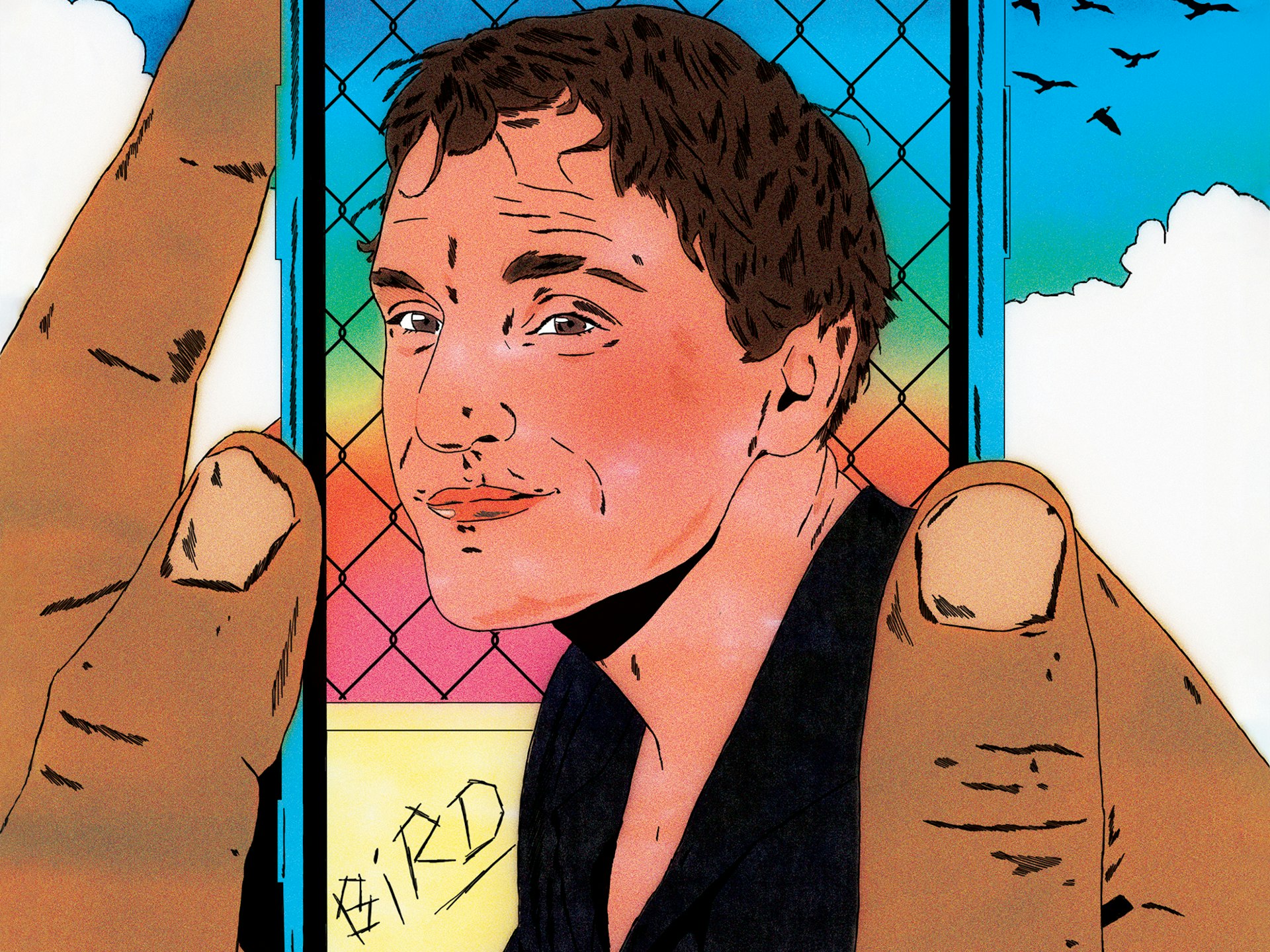
Barry Keoghan, Franz Rogowski and Andrea Arnold on ‘Bird’
The new issue of Little White Lies brings Andrea Arnold’s sixth feature to life with a thematic voyage down the Thames estuary.
Written by: Maisy Hunter
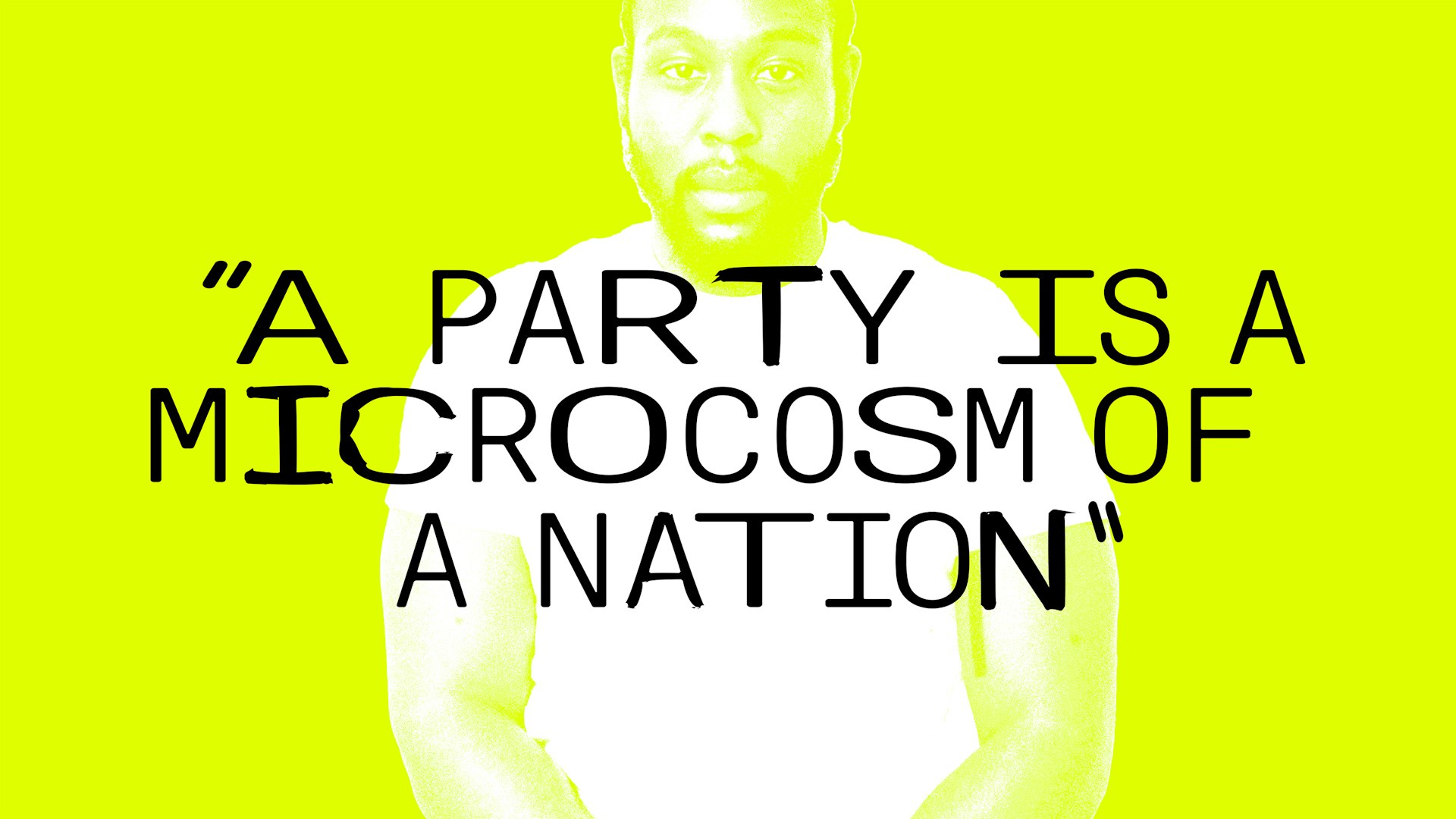
“A party is a microcosm of a nation”: Caleb Femi on the decline of the house party
To celebrate the publication of his new collection ‘The Wickedest’, Isaac Muk caught up with Femi to talk more about the work, the future of the shoobs, and discuss why having it large on a Saturday night should be cherished.
Written by: Isaac Muk
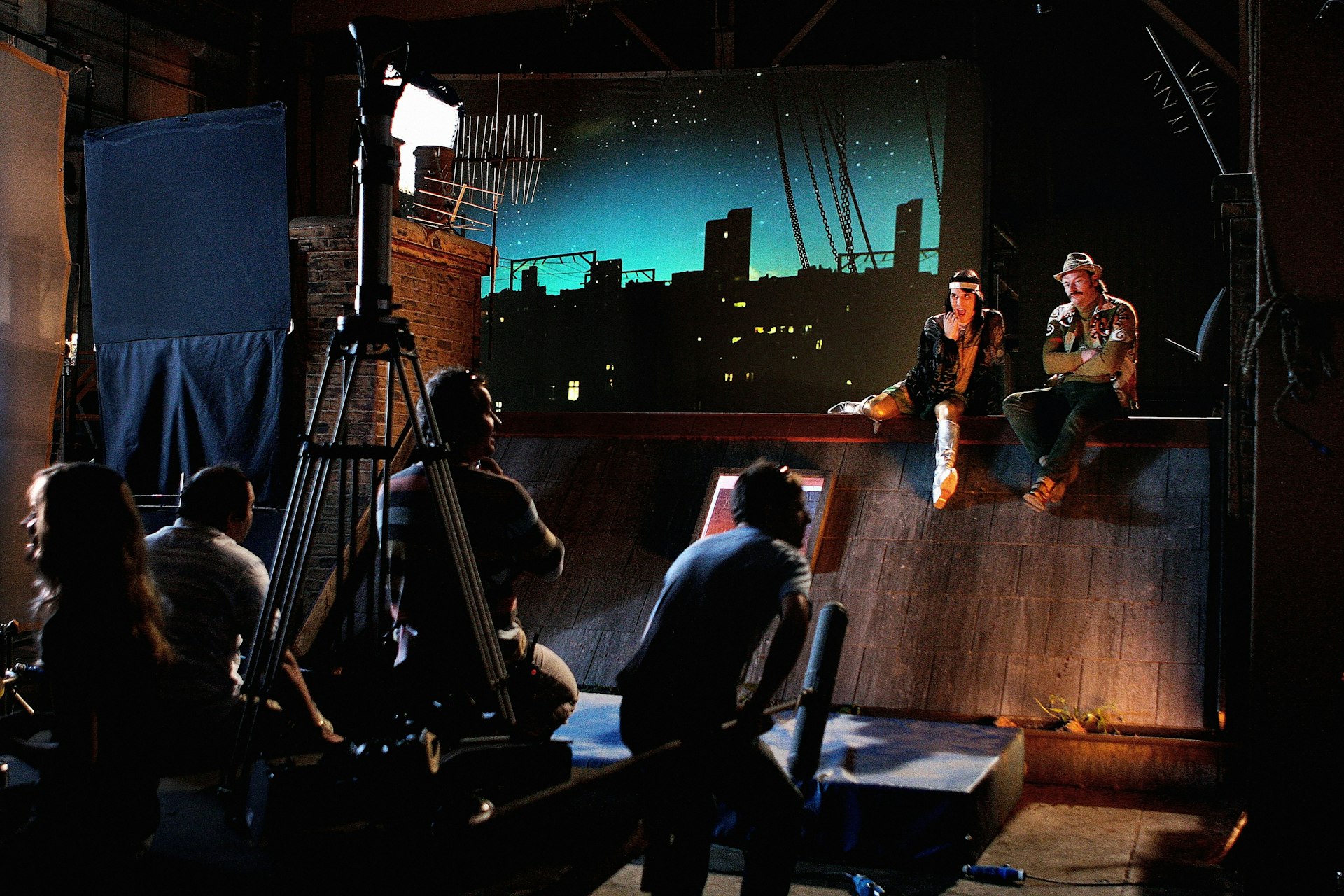
Celebrating 20 years of The Mighty Boosh
A new exhibition takes a look behind the scenes of the iconic show two decades after its BBC3 premiere.
Written by: Isaac Muk
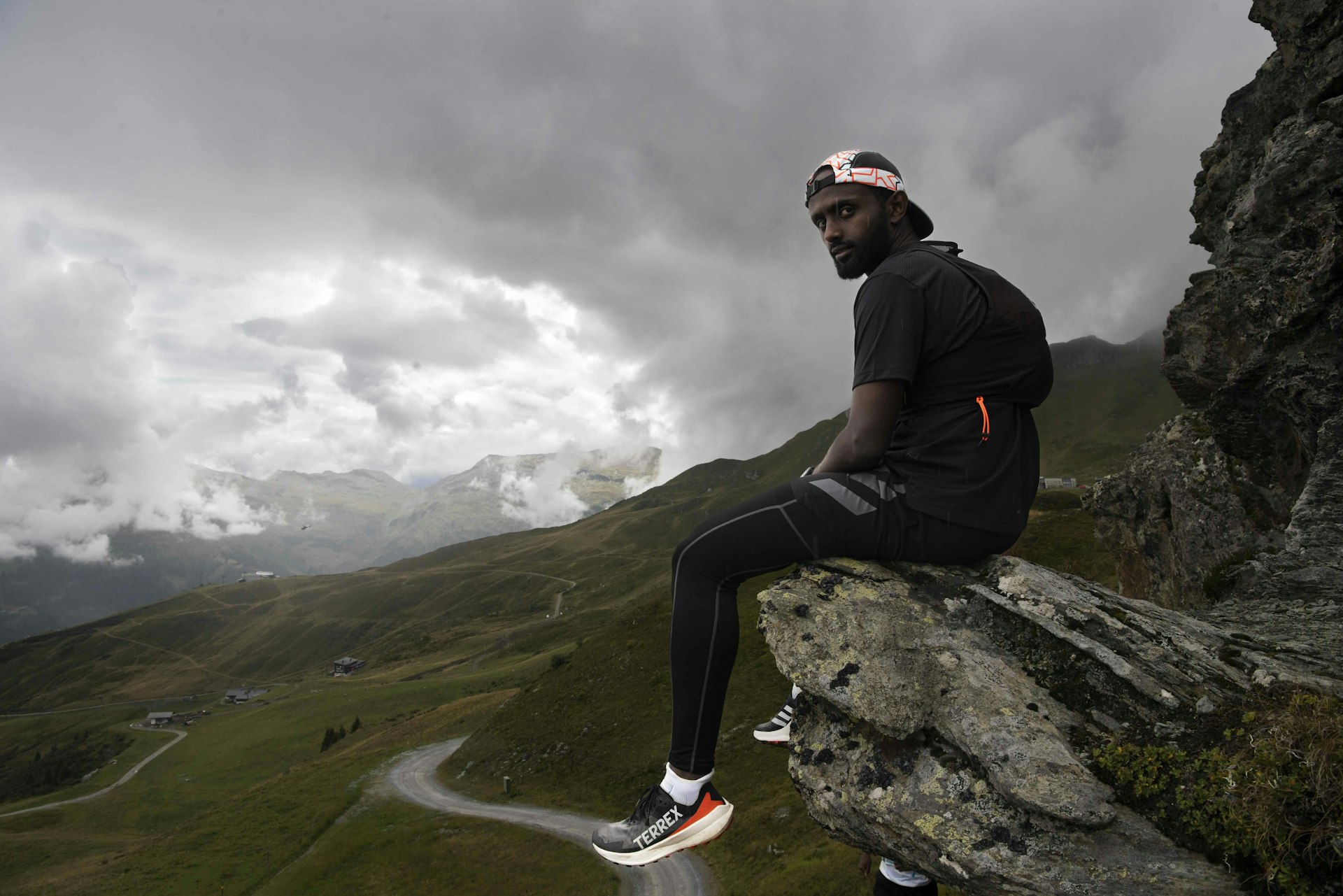
We Run Mountains: Black Trail Runners tackle Infinite Trails
Soaking up the altitude and adrenaline at Europe’s flagship trail running event, high in the Austrian Alps, with three rising British runners of colour.
Written by: Phil Young
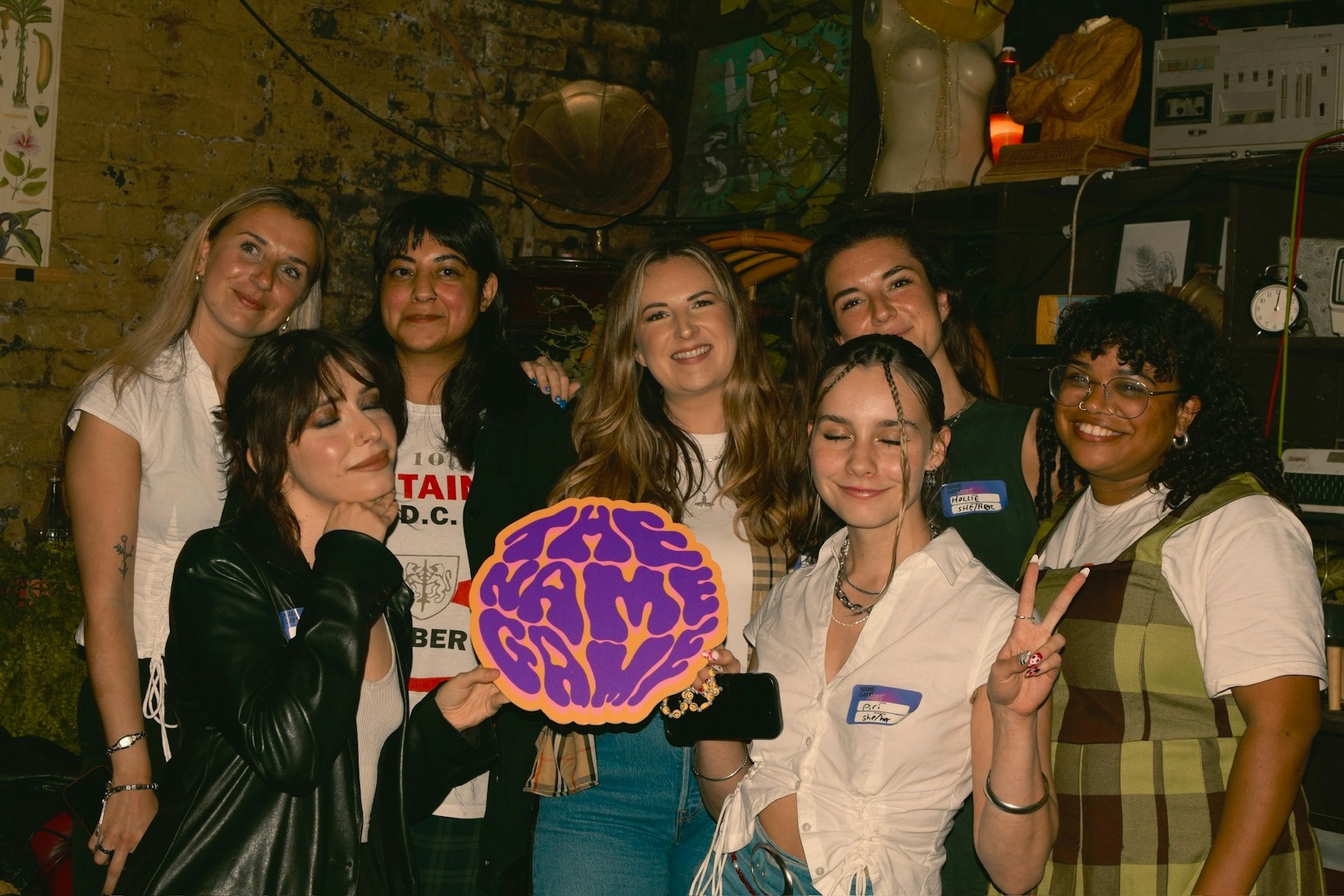
The organisation levelling the playing field in the music industry
Founded in 2022, The Name Game is committed to helping female, non-binary and trans people navigate the industry.
Written by: Djené Kaba